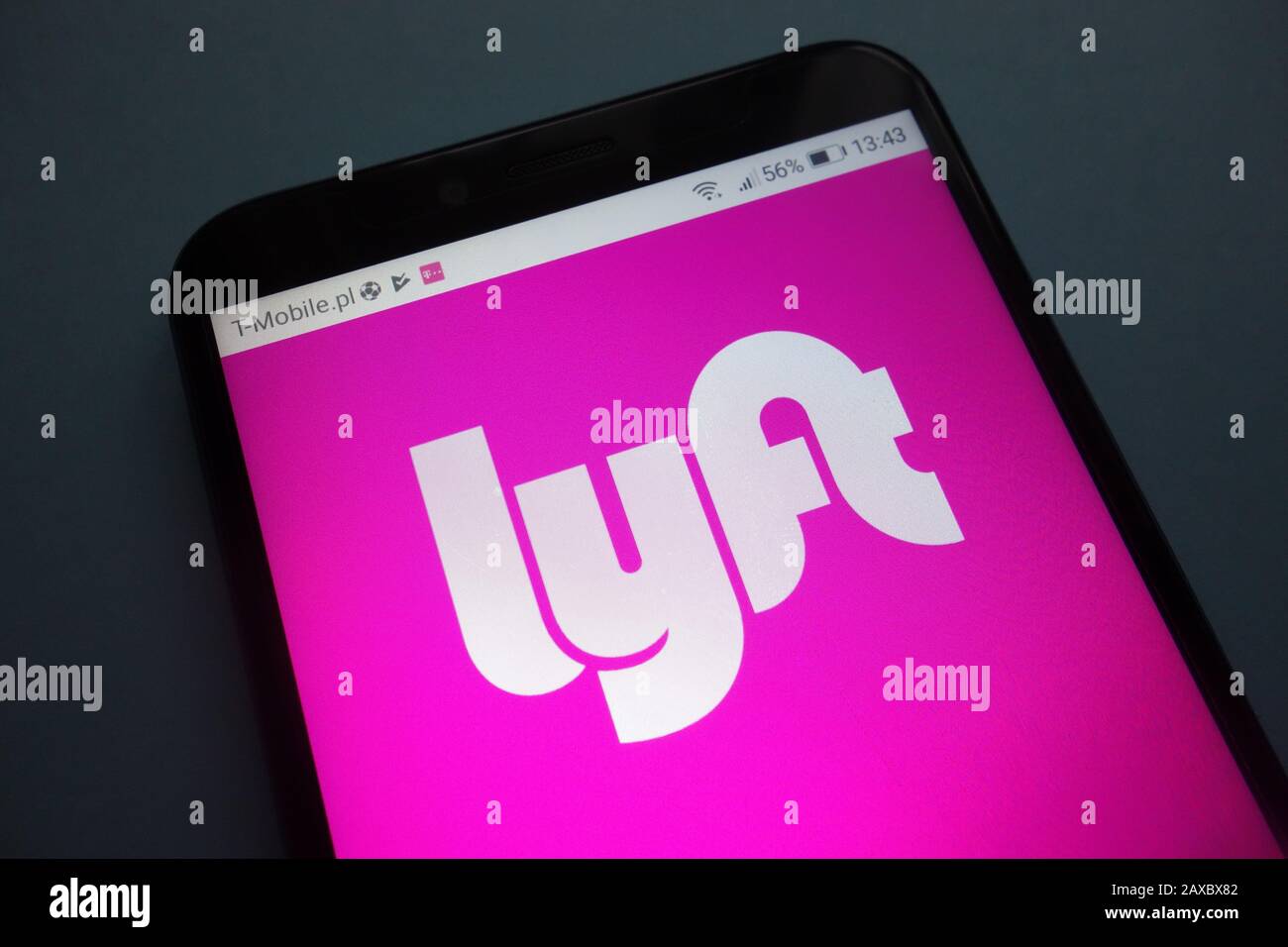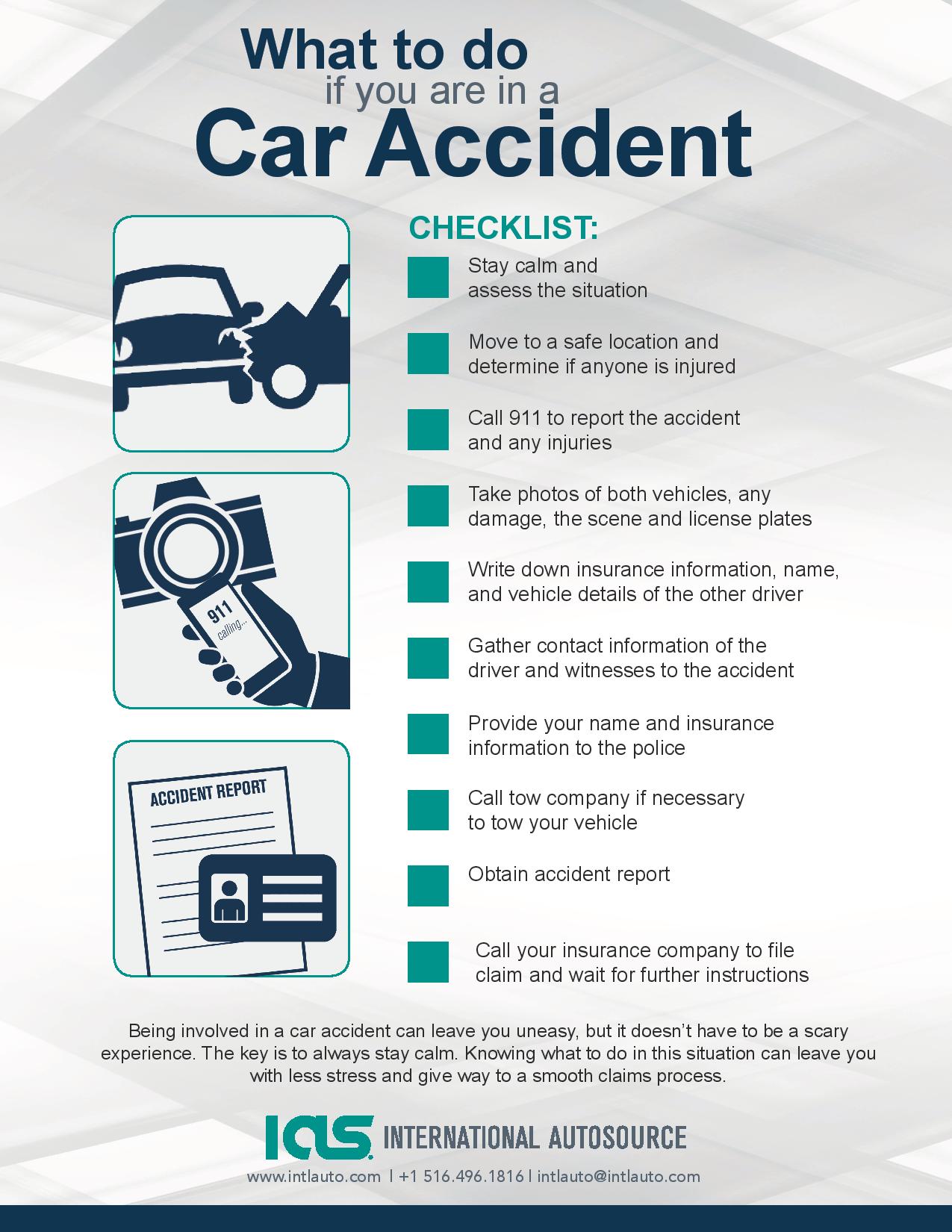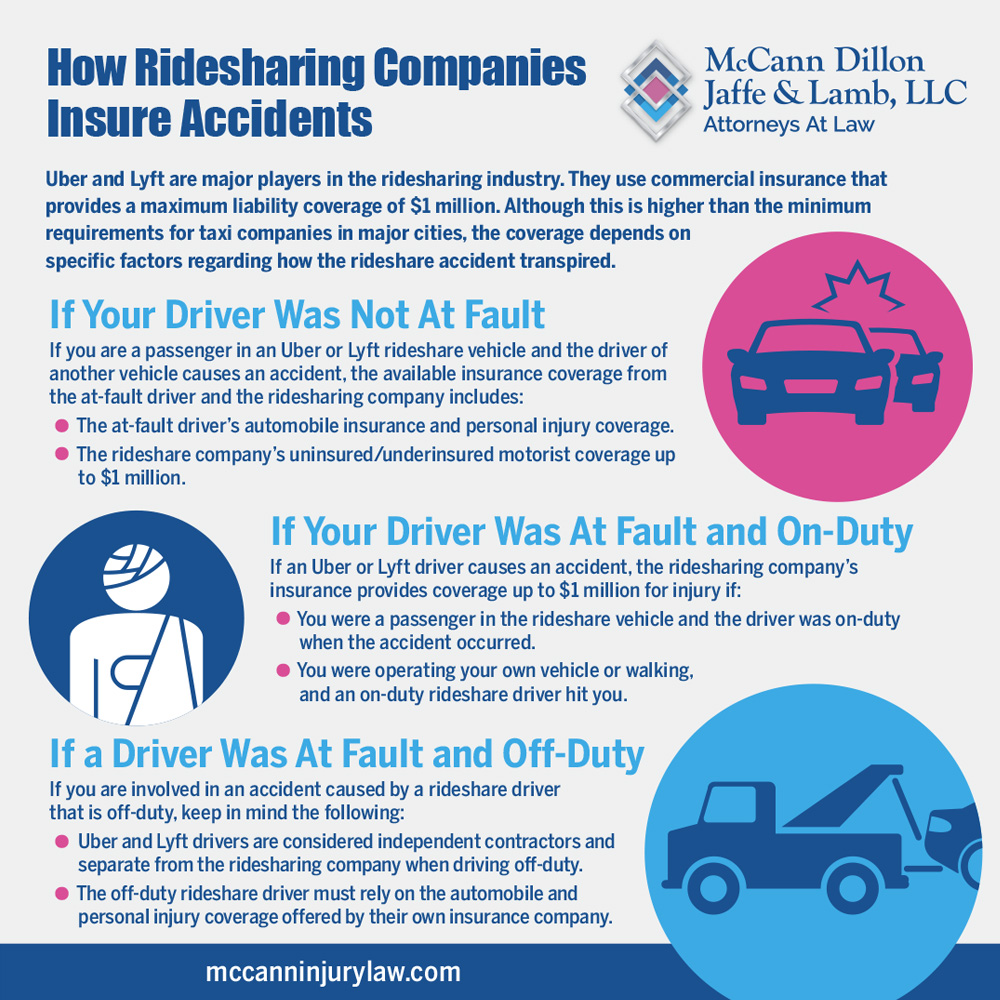In 2022, Lyft reported over 4,000 sexual assault incidents during rides. This statistic highlights the broader safety concerns surrounding rideshare services. I remember my first Lyft ride – the convenience was undeniable, but so was a nagging worry about what might happen if something went wrong. That’s why understanding Lyft accident claims is crucial for every rider.

Source: alamy.com
Table of Contents
- The Unique Landscape of Rideshare Accidents
- The Three-Phase Coverage Model
- The Intricacies of Determining Liability
- Unique Challenges in Lyft Accident Claims
- Navigating the Claims Process
- Alternative Dispute Resolution in Lyft Accidents
- The Role of Legal Representation in Lyft Accident Claims
- Long-Term Implications of Lyft Accidents
- Technological Advancements and Lyft Accident Claims
The Unique Landscape of Rideshare Accidents
Lyft accident claims aren’t your typical fender-bender situations. They involve a complex web of insurance policies, evolving regulations, and multiple parties. This unique landscape can make navigating a claim feel overwhelming.
The rideshare industry has grown exponentially in recent years, with Lyft alone completing over 1 billion rides in 2022. As the number of rides increases, so does the potential for accidents. Understanding the intricacies of Lyft accident claims is more important than ever.
.2305221020550.jpg)
Source: lawschack.com
The Three-Phase Coverage Model
Lyft’s insurance coverage isn’t static. It changes depending on what the driver is doing at the time of the accident. This three-phase model can significantly impact your claim.
| Phase | Driver Status | Primary Insurance Coverage |
|---|---|---|
| 1 | App off | Driver’s personal insurance |
| 2 | App on, waiting for ride | Lyft’s contingent liability |
| 3 | En route or during ride | Lyft’s primary coverage |
Pre-Ride Phase: Driver’s Personal Insurance
When a Lyft driver isn’t logged into the app, their personal auto insurance is the primary coverage. This might seem straightforward, but it can get complicated fast. Some personal insurance policies exclude coverage for commercial activities, potentially leaving gaps in protection.
Waiting for a Ride Request: Lyft’s Contingent Liability
Once a driver logs into the Lyft app but hasn’t accepted a ride, we enter a gray area. Lyft provides limited liability coverage during this phase, but it’s not as comprehensive as you might think. The coverage typically includes $50,000 per person for bodily injury, $100,000 per accident for bodily injury, and $25,000 for property damage.

Source: reddit.com
Active Ride Phase: Lyft’s Primary Coverage
From the moment a driver accepts a ride until the passenger is dropped off, Lyft’s $1 million liability policy kicks in. This is when you have the most protection, but don’t assume it covers everything. There are still limitations and exclusions to be aware of.
The Intricacies of Determining Liability
Figuring out who’s at fault in a Lyft accident isn’t always clear-cut. Multiple parties, conflicting accounts, and complex insurance policies can muddy the waters. It’s crucial to understand how liability is determined to protect your rights and ensure fair compensation.
Multi-Party Investigations
When you’re in a Lyft accident, you’re not just dealing with one insurance company. You might be juggling investigations from Lyft’s insurer, the driver’s personal insurance, and potentially other involved parties. Each entity will conduct its own investigation, often leading to conflicting conclusions.

Source: akdlawyers.com
Contributory Negligence Considerations
In some cases, you might be partially at fault for the accident. This doesn’t mean you can’t claim compensation, but it can affect how much you receive. Understanding contributory negligence is key to protecting your rights. Different states have different rules regarding contributory negligence, so it’s important to know how your local laws might impact your claim.
Unique Challenges in Lyft Accident Claims
Lyft accident claims come with their own set of hurdles that you won’t encounter in typical car accident cases. From driver classification issues to evolving regulations, these challenges require a specialized approach.
The Impact of Driver Classification
Lyft classifies its drivers as independent contractors, not employees. This classification can have significant implications for your claim, particularly when it comes to determining Lyft’s liability for driver actions.
Independent Contractor Status
The independent contractor status of Lyft drivers isn’t just a technicality – it can significantly impact your claim. This classification affects everything from insurance coverage to Lyft’s responsibility for driver actions. It can limit Lyft’s liability in certain situations, making it more challenging to hold the company accountable for driver negligence.
Recent legal battles have challenged this classification. In California, for example, the passage of AB5 in 2019 aimed to reclassify many gig workers, including rideshare drivers, as employees. However, Proposition 22, passed in 2020, exempted app-based transportation and delivery companies from AB5, allowing them to continue classifying drivers as independent contractors.

Source: therideshareguy.com
Evolving Regulatory Landscape
The rideshare industry is relatively new, and laws are still catching up. Regulations can vary significantly from one state to another, and they’re constantly changing. Staying on top of these changes is crucial for your claim.
For instance, New York City implemented a minimum wage for rideshare drivers in 2018, while other cities have imposed caps on the number of rideshare vehicles allowed to operate. These regulatory changes can impact everything from driver availability to insurance requirements.
| State | Minimum Insurance Requirement | Driver Classification |
|---|---|---|
| California | $1 million for death, injury, property damage | Employee (AB5 law) |
| Texas | $1 million for death, injury, property damage | Independent Contractor |
| New York | $1.25 million for death, injury, property damage | Varies by locality |
Navigating the Claims Process
The claims process for a Lyft accident isn’t always straightforward. Knowing the right steps to take immediately after an accident and how to deal with Lyft’s claims team can make a big difference in the outcome of your claim.
Immediate Post-Accident Steps
What you do in the moments right after a Lyft accident can significantly impact your claim. From documenting the scene to reporting the incident, every action counts. Here’s a quick rundown of what you should do:
- Ensure everyone’s safety and call 911 if there are injuries.
- Document the scene with photos and videos.
- Collect contact information from all parties involved, including witnesses.
- Report the accident through the Lyft app.
- Seek medical attention, even if you feel fine.

Source: blog.intlauto.com
For more information on what to do immediately after an accident, check out our guide on handling Las Vegas accident claims. While it focuses on truck accidents, many of the principles apply to Lyft accidents as well.
Dealing with Lyft’s Claims Team
Interacting with Lyft’s claims representatives requires a strategic approach. Knowing how to communicate effectively and what information to provide can help streamline your claim. Remember, Lyft’s claims team is working to protect the company’s interests, not necessarily yours.
Be cautious about what you say and what information you provide. It’s often best to consult with a legal professional before giving any statements or accepting any settlement offers. Keep detailed records of all communications with Lyft and their insurance representatives.
This video provides valuable insights into the claims process for rideshare accidents, offering practical tips for dealing with insurance companies and protecting your rights.
Video Source: YouTube
Alternative Dispute Resolution in Lyft Accidents
Sometimes, traditional litigation isn’t the best path for resolving a Lyft accident claim. Understanding alternative dispute resolution options can help you make informed decisions about how to proceed with your claim.
Arbitration Agreements and Their Implications
Lyft’s terms of service include a mandatory arbitration clause. This can significantly impact how you resolve disputes with the company. Understanding what arbitration means for your claim is crucial.
Mandatory Arbitration Clauses
Lyft’s mandatory arbitration clause can be a significant hurdle in your claim process. It’s important to understand what this means for your rights and options. Arbitration is a private process where an independent third party hears both sides and makes a binding decision.
While arbitration can be faster and less expensive than going to court, it also has drawbacks. The decision is usually final and can’t be appealed, and the proceedings are private, which can limit public accountability for Lyft.

Source: medium.com
Mediation as an Alternative
Mediation offers a middle ground between arbitration and litigation. It’s a less adversarial approach that can lead to quicker resolutions and more flexible outcomes. In mediation, a neutral third party helps facilitate negotiations between you and Lyft, but doesn’t make a binding decision.
This process allows for more creative solutions and can help preserve relationships. It’s often less stressful and more cost-effective than going to court. However, if mediation fails, you may still need to proceed with arbitration or litigation.
The Role of Legal Representation in Lyft Accident Claims
Given the complexities of Lyft accident claims, having legal representation can be crucial. An experienced attorney can navigate the intricate web of insurance policies, regulations, and potential legal challenges.
Specialized Knowledge Requirements
Lyft accident claims demand a distinct set of legal skills. An attorney well-versed in rideshare incidents will grasp the nuances of these cases and adeptly navigate the unique challenges they present.
Rideshare-Specific Legal Expertise
Not all personal injury attorneys are equipped to handle the intricacies of Lyft accident claims. The distinctive aspects of rideshare incidents necessitate specialized knowledge and experience. A lawyer familiar with rideshare cases will understand:
- The complexities of Lyft’s insurance policies
- The impact of driver classification on liability
- State-specific rideshare regulations
- How to navigate Lyft’s claims process effectively

Source: mccanninjurylaw.com
Negotiating with Multiple Insurers
In a Lyft accident claim, you’re often dealing with multiple insurance companies. An experienced attorney can effectively navigate these complex negotiations to ensure you receive fair compensation. They’ll know how to:
- Identify all potential sources of compensation
- Communicate effectively with different insurance adjusters
- Avoid tactics insurers use to minimize payouts
- Build a strong case for maximum compensation
Long-Term Implications of Lyft Accidents
The impact of a Lyft accident can extend far beyond the immediate aftermath. Understanding and accounting for potential long-term consequences is crucial for securing comprehensive compensation.
Future Medical Needs and Costs
Severe injuries from a Lyft accident might require ongoing medical care. Anticipating these future needs and their associated costs is essential for securing adequate compensation.
Life Care Planning for Severe Injuries
For serious injuries, a life care plan can help project future medical needs and costs. This comprehensive approach ensures that your claim accounts for long-term care requirements. A life care plan might include:
- Ongoing medical treatments and therapies
- Future surgeries or procedures
- Adaptive equipment needs
- Home modifications for accessibility
- Long-term medication costs
Working with medical experts and life care planners can help quantify these future needs, strengthening your claim for comprehensive compensation.
Career Impact Assessment
A serious injury can have lasting effects on your career. Evaluating how your injuries might impact your future earning potential is crucial for comprehensive compensation. This assessment might consider:</
- Lost wages during recovery
- Reduced earning capacity due to permanent limitations
- Costs of retraining or education for a new career path
- Lost opportunities for career advancement
Economists and vocational experts can help calculate these long-term financial impacts, ensuring your claim reflects the true cost of the accident on your career.
Psychological Impact and Treatment
The psychological effects of a Lyft accident can be just as significant as the physical injuries. Addressing mental health consequences is a critical, often overlooked aspect of accident claims.
Post-Traumatic Stress and Anxiety
Experiencing a Lyft accident can lead to lasting psychological effects, including post-traumatic stress and anxiety. Recognizing and addressing these issues is crucial for your overall recovery and claim. Common psychological impacts might include:
- Anxiety about riding in vehicles
- Flashbacks or nightmares about the accident
- Depression or mood changes
- Sleep disturbances
- Changes in behavior or personality
It’s important to seek professional help if you’re experiencing these symptoms. A mental health professional can provide treatment and documentation to support your claim for psychological damages.
Impact on Quality of Life
Injuries from a Lyft accident can affect every aspect of your daily life. Considering how your injuries impact your relationships, hobbies, and overall quality of life is crucial for holistic compensation. This might include:
- Loss of enjoyment in activities you once loved
- Strain on personal relationships
- Difficulty participating in social activities
- Changes in self-image or self-esteem
- Reduced independence in daily activities
Documenting these changes and their impact on your life can strengthen your claim for non-economic damages, ensuring you’re compensated for more than just medical bills and lost wages.
Technological Advancements and Lyft Accident Claims
The tech world’s rapid evolution is transforming how we handle Lyft accident claims. From AI-driven analysis to blockchain-based processing, these innovations are reshaping the landscape of accident resolution.
AI-Driven Claim Analysis
Artificial intelligence is making waves in the insurance industry, particularly in how claims are analyzed and settled. This tech brings both opportunities and potential pitfalls for those seeking compensation.
Predictive Modeling in Settlement Offers
Insurance companies are increasingly relying on AI to crunch numbers and predict outcomes. This shift can significantly impact the settlement offers you receive. AI algorithms can:
- Analyze vast amounts of historical claim data
- Identify patterns in injury types and settlement amounts
- Predict likely outcomes based on specific case details
- Suggest settlement ranges to insurance adjusters
While this technology can speed up the claims process, it’s important to remember that AI predictions aren’t infallible. Human oversight and negotiation skills remain crucial in ensuring fair compensation.
Blockchain in Claims Processing
Blockchain technology, famous for cryptocurrencies, is finding its way into insurance claim processing. Its potential for transparency and efficiency could reshape how we handle Lyft accident claims. Blockchain can:
- Create immutable records of accident details and claim documents
- Streamline communication between multiple parties
- Automate certain aspects of claims processing through smart contracts
- Reduce fraud by providing a transparent, tamper-proof record of events
As blockchain adoption grows in the insurance industry, we may see faster, more transparent claim resolutions. However, it’s crucial to understand how this technology might impact your rights and options in a claim.
Telematics and Real-Time Accident Data
Advanced telematics systems are providing unprecedented insight into accident circumstances. This real-time data is changing the game for Lyft accident claims.
Advanced Event Data Recorders
Next-gen telematics devices in vehicles are capturing more detailed and accurate accident data than ever before. These advanced event data recorders can provide:
- Precise vehicle speed and direction at the time of impact
- Braking and acceleration patterns leading up to the accident
- Steering inputs and vehicle stability information
- Seat belt usage and airbag deployment data
This wealth of data can be invaluable in reconstructing accidents and determining fault. However, it also raises privacy concerns and questions about data ownership and access.
Integration with Lyft’s App Data
Combining telematics data with information from Lyft’s app creates a comprehensive picture of accident circumstances. This data fusion is a powerful tool in claim investigations. It can provide:
- Driver status and activity at the time of the accident
- Route information and estimated time of arrival
- Passenger pickup and drop-off locations
- Driver behavior patterns over time
While this integrated data can provide valuable insights, it also raises questions about data privacy and the extent to which this information should be used in claims processes.
As we wrap up this comprehensive guide to Lyft accident claims, it’s clear that navigating this process can be challenging. That’s where Ultra Law comes in. Our team of experienced attorneys specializes in rideshare accident claims, staying up-to-date with the latest legal developments and technological advancements in this field.
We understand the unique challenges you face and are committed to fighting for your rights. Whether you’re dealing with complex insurance issues, struggling with long-term injury impacts, or facing resistance from Lyft’s legal team, Ultra Law is here to help.
Don’t let the complexities of a Lyft accident claim overwhelm you. Contact Ultra Law today for a free consultation. Let us put our expertise to work for you, ensuring you receive the compensation you deserve.
Learnings Recap
- Lyft accident claims involve a complex three-phase insurance model that changes based on the driver’s status.
- Multiple parties and insurance companies are often involved, complicating the claims process.
- The independent contractor status of Lyft drivers can impact liability and compensation.
- Alternative dispute resolution methods like arbitration and mediation may be options for claim resolution.
- Long-term implications of accidents, including future medical needs and career impacts, must be considered.
- Technological advancements like AI and blockchain are reshaping how claims are processed and evaluated.
- Specialized legal representation is crucial for navigating the complexities of Lyft accident claims.




